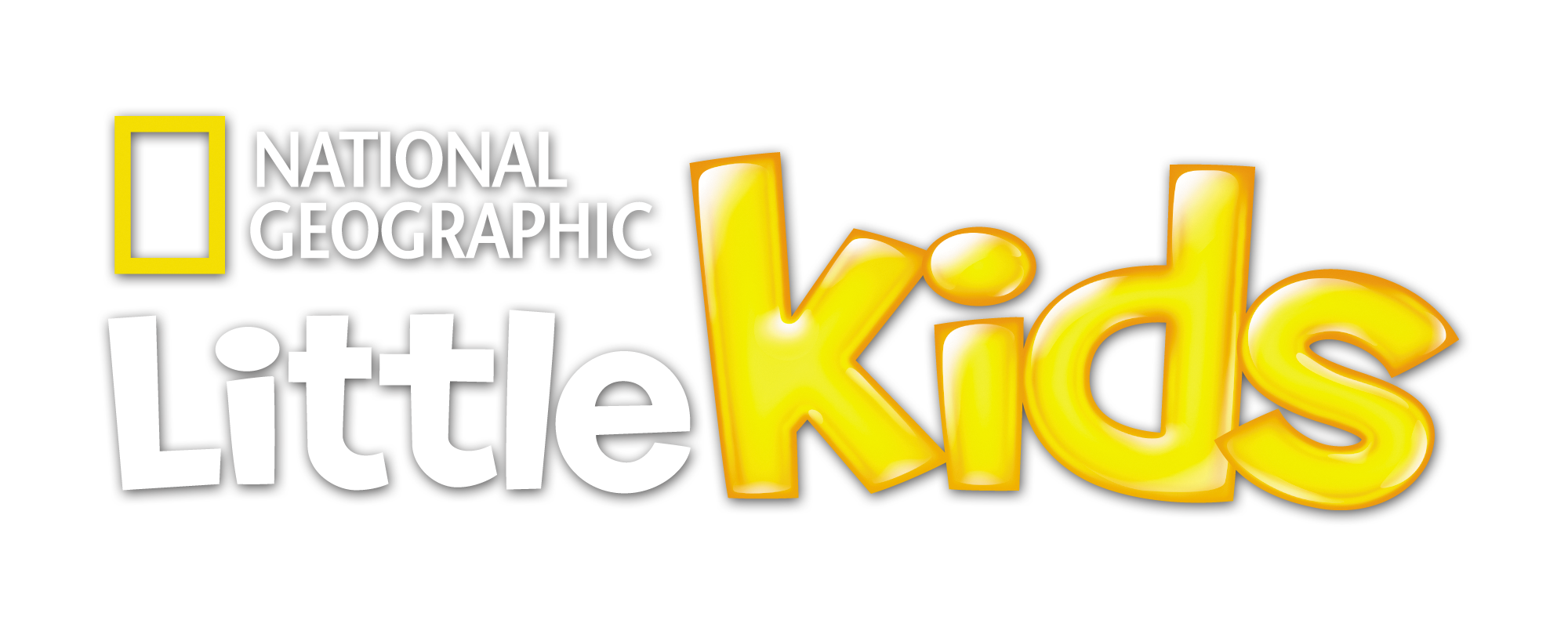Charles Darwin and the Mystery of Life!
Find out about Charles Darwin and his theory of evolution.
In 1831, a young naturalist called Charles Darwin boarded a ship called the HMS Beagle and set out on a fantastic five-year voyage around the world to study and collect animal, plant and rock samples.
Darwin was amazed at the variety of species he saw on his adventure. The Beagle visited the Galápagos Islands (a group of 19 islands and more than 100 islets and rocks in the Pacific Ocean, about 1,000km off the coast of Ecuador in South America) and while he was there Darwin collected specimens and made notes that would eventually change the way people thought about the world…
Creature Clues?
Darwin noticed that although the different islands had similar creatures and plants, many seemed to have adapted to suit their local environments. Finches (a type of bird), for example, had different beaks on each island, suited to eating the particular seeds or insects found there! He also noted remarkable differences between the mockingbirds found on San Cristobal, Floreana and two other islands. When he returned to England he devoted his time trying to figure out why they varied from place to place.
The mystery solved
In 1858, Darwin revealed his ‘theory of evolution by natural selection’, to explain how animals adapted to their environment to survive. And the following year, he published On The Origin Of Species – a book that would change the world forever! Darwin explained how species can ‘evolve’ (change or develop) over time through a process called ‘Natural Selection’. This shocked everyone because, until then, it was widely believed that all the animals on the planet had been made at the same time by one creator. Some people still believe that today. But Darwin scientifically proved all the species on Earth had evolved from earlier species – and that includes us!
Want to meet some of the incredible creatures that Darwin encountered on his voyage? Then join us as NG KiDS heads to the Galápagos Islands!
Camouflaged marine iguanas: ©Tim Herbert.
All other images: Getty Images UK
More Like General Science

All about the circular economy

FUTURE CITIES

FORECAST YOUR FUTURE WITH THE MET OFFICE!














LEAVE A COMMENT
THANK YOU
Your comment will be checked and approved shortly.
WELL DONE,
YOUR COMMENT
HAS BEEN ADDED!
COMMENTS
Goooooooooooooooooooooooood
EPIC!!!
very helpful thank you!
this is very helpful
Wow!! I love learning science! This is one of the best I've read!! I like science especially if it's biology or zoology.
Very Helpful
I love learning!!! This is sooo coolllll!!!!!!!!!!!!!!!!!!!!1
thank you!!!!!
Cool
This is great for your brain
WOW This site gives me a lot of information and facts
Darwin has proved nothing. If animals evolved why arent they doing that today ? Theres plenty more evidence to prove a Creator than evolution. Ours is the only planet in the universe that can sustain life. The miracle of the human body itself is enough to prove something so complex cant just come out of nothing. Did a watch put itself together? We are trillions of times more complex than that. So is the world and everything in it. Darwin was a fraud.
The info helped at school
dfirojgfokfkgjf
ffdcdg
j bhb nhn nn =
sick info helped me with my school work
Helpfull
If I could go back in time Charles darwin would be one of the people I would meet thanks
this really helped with my homework thanks
OO LALA
fuc
fg
OO LALA
CUSTOMIZE YOUR AVATAR